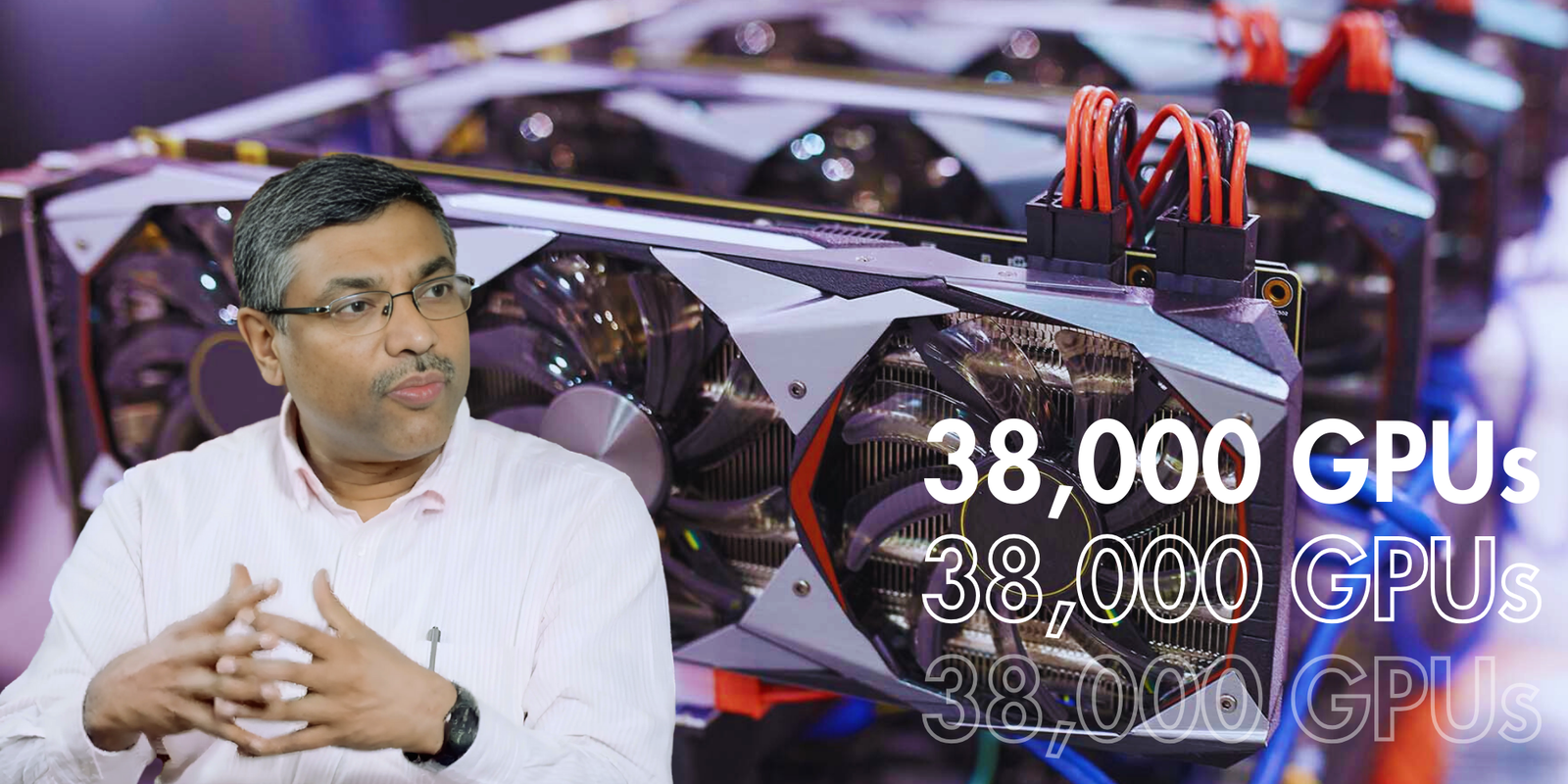India AI Orders 38,000 GPUs, Shifts to Voucher Model


Mr. S. Krishnan, Secretary, MeitY, said the step reflects India’s intent to remove one of the biggest barriers to AI innovation, affordable access to compute.
Voucher model replaces direct subsidies
Instead of funding infrastructure directly, India has introduced a voucher-based model to ensure fairness and market stability. Under this system, AI companies are guaranteed a fixed price for the services they provide, allowing startups and institutions to access GPU capacity without the need for heavy upfront investment.
Mr. Krishnan explained, “We initially considered direct subsidies for GPU farms, but realised it would distort the market. The voucher model ensures a level playing field while making computing widely available.”
Homegrown large language models take shape
Alongside computing, India is backing the development of indigenous large language models (LLMs) tailored to the country’s cultural and linguistic diversity. Early projects include Sarvam, Gyani, Gyan, and Socket, with more in the pipeline.
“These models will capture India’s multilingual reality in a way foreign systems cannot,” Mr. Krishnan said. Government funding provides initial support, while private players and venture capital firms are also contributing.
AI Kosh strengthens the ecosystem
The third key element of the AI Mission is AI Kosh, a growing data repository that has already surpassed 1,000 machine-readable datasets. The platform provides innovators with access to training data for applications in areas like healthcare, governance, and agriculture.
According to Mr. Krishnan, AI Kosh ensures that startups are not priced out of the market. “Data is as fundamental to AI as compute,” he said. “By making datasets widely available, we lower entry barriers for small teams and researchers.”
A collaborative Indian model
Mr. Krishnan described the AI Mission as a “uniquely Indian experiment”, combining government leadership, private-sector investment, and academic collaboration. The initiative has drawn international recognition, with the World Bank and the Bill & Melinda Gates Foundation praising its inclusive design.
India’s place in the global AI race
With compute secured, indigenous models underway, and open datasets accessible, India is positioning itself as more than just a consumer of AI. “Our goal is to ensure India becomes a creator of AI technologies, not just a taker,” Mr. Krishnan said.
By building an ecosystem based on access, fairness, and innovation, India’s AI Mission is laying the groundwork for long-term global competitiveness.
Discover more from News Hub
Subscribe to get the latest posts sent to your email.







